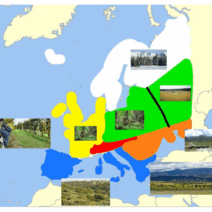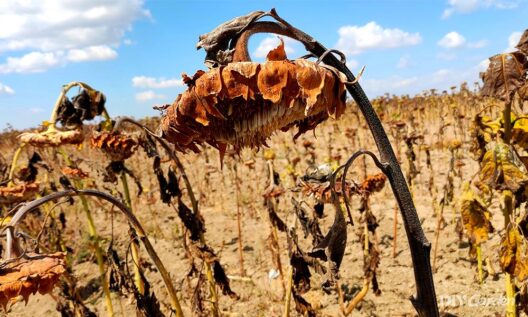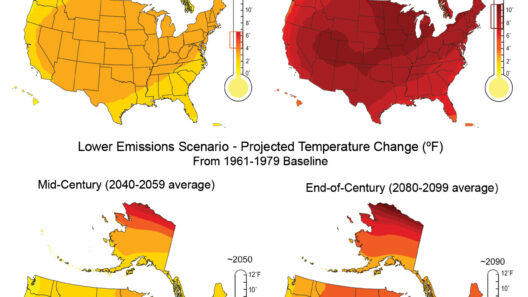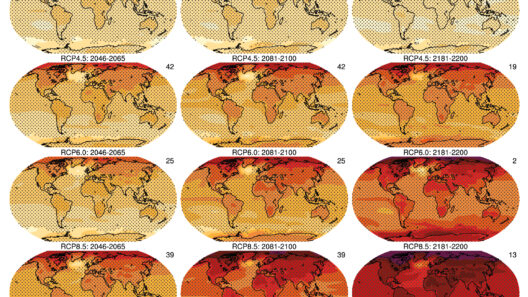The Southwest region of the United States is renowned for its stark beauty and unique climatic conditions. Encompassing states like Arizona, New Mexico, Nevada, and parts of California and Texas, this vast area experiences a diverse array of weather patterns that capture the imagination of climatologists and nature enthusiasts alike. This region is marked by sun-baked deserts, towering mountains, and occasional, albeit dramatic, storm systems. Understanding the climate of the Southwest entails not just recognizing its temperatures and precipitation patterns, but also appreciating the underlying processes that shape its environment.
At the heart of the Southwestern climate is its arid and semi-arid environment. The region is characterized by low annual precipitation levels, typically ranging from 4 to 12 inches, depending on the specific locale. Most of this moisture falls during the summer months, when thunderstorms are likely to develop. These intense storms can lead to flash flooding and are arguably one of the most striking features of the Southwestern climate. The contrast between the scorching sun and sudden rain can be both fascinating and perilous, capturing the duality of this ecosystem. The onset of the monsoon season, which generally occurs from June through September, transforms the landscape. The dry and sun-bleached earth eagerly absorbs the moisture, resulting in a brief but vibrant burst of life.
One might ponder how such extremes can exist within a single geographical area. Central to this narrative is the orographic lift created by the region’s mountainous terrain. The Rocky Mountains and Sierra Nevada act as formidable barriers to moisture-laden air masses, forcing them upwards. As the air rises, it cools and precipitates, thereby leaving much of the southwest relatively parched. This dynamic is essential for understanding the temperature variations across the landscape. The valleys, shielded from rain, bask in sunlight, often recording some of the highest temperatures in the country, while the higher altitudes experience more moderate conditions.
These mountains also play a significant role in creating microclimates. An area accustomed to extreme heat may lie just a few miles away from a cooler, wetter climate. For instance, regions at higher elevations, such as the Colorado Plateau, can present an entirely different climatic narrative. Many visitors often express amazement at the diversity within these landscapes: from the blistering deserts of Monument Valley to the lush forests of northern Arizona. This interconnectedness is a testament to nature’s resilience and adaptability.
The flora and fauna have evolved remarkable adaptations to thrive in such conditions. Cacti, sagebrush, and various succulents dominate the plant life, each uniquely adapted to conserve water and endure prolonged periods of drought. Native animal species, including the roadrunner and the rattlesnake, exhibit behaviors and physiological traits tailored to the region’s harsh climate. Notably, many animals are crepuscular, becoming active during the cooler dawn or dusk hours, thereby minimizing their exposure to the scorching daytime heat. This adaptation showcases the intricate balance between survival and the formidable environmental challenges presented by the Southwest.
However, the climate of the Southwest is not static; it is subject to the broader implications of climate change. Rising global temperatures are causing significant shifts in weather patterns, which may exacerbate droughts and alter precipitation models. As warmer air holds more moisture, intense storms may become more formidable and frequent, leading to devastating flooding events interspersed with longer dry spells. Such changes pose inherent risks to the native ecosystems, agriculture, and water resources. With water scarcity already a critical concern for many communities, the looming prospect of climate change magnifies the urgency for sustainable water management practices.
Additionally, human intervention has further complicated the existing climate dynamics. Urbanization has led to the ‘urban heat island’ effect, where cities can experience temperatures several degrees higher than surrounding rural areas due to concrete and asphalt absorbing heat. This effect not only heightens energy consumption but also intensifies the discomfort for inhabitants. Furthermore, land use changes, such as deforestation and agricultural expansion, can disrupt local climates, altering precipitation patterns and exacerbating water shortages.
Within this climate narrative lies a rich cultural history that enriches the region’s tapestry. Indigenous tribes have long understood the delicate balance of life in this challenging environment. Their traditional ecological practices encompass sustainable land management and conservation strategies that are attuned to the rhythms of nature. The cultural heritage woven into the fabric of the Southwest provides invaluable lessons on resilience and adaptation that are increasingly pertinent in today’s climate discourse.
In conclusion, the climate of the Southwest region encapsulates a profound duality: it is both sun-baked and storm-ready. The juxtaposition of extreme heat and intense storm activity reflects the intricate interplay of geological, meteorological, and anthropogenic factors. From the mesmerizing landscapes to the adaptability of its ecosystems, the Southwest remains a region of fascination for scientists and philosophers alike. As the effects of climate change continue to unfold, the responsibility lies upon us to protect and preserve the unique climatic identity of the Southwest, ensuring that future generations can continue to marvel at its extraordinary natural heritage.







